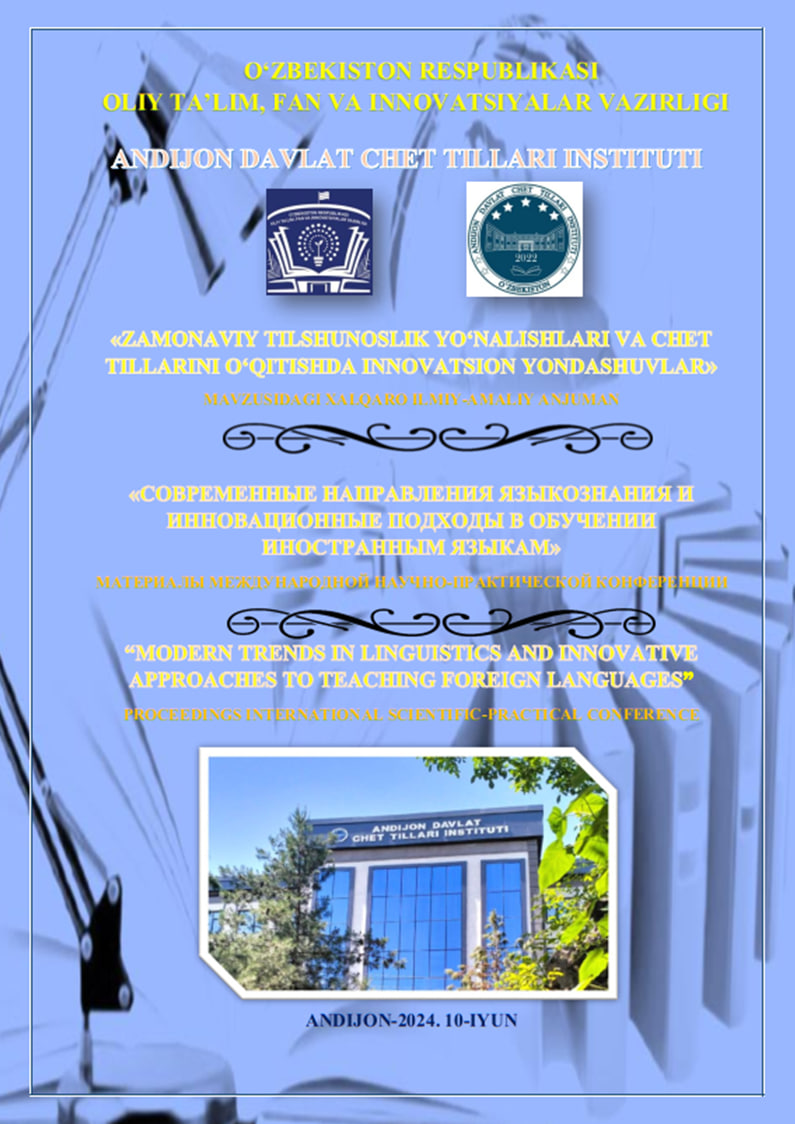INTEGRATION OF LANGUAGE AND CULTURE IN TEACHING FOREIGN LANGUAGES
Keywords:
contextual learning, intercultural competence, engagement and motivation, holistic approach.Abstract
The integration of language and culture in foreign language teaching is essential for fostering comprehensive linguistic competence and intercultural understanding. This approach recognizes that language learning is not merely about acquiring vocabulary and grammar but also about understanding the cultural contexts in which the language is used. By incorporating cultural elements, educators can enhance students' communicative competence, making them more effective and empathetic communicators.
References
Axelrod, R.: The dissemination of culture: A model with local convergence and global polarization. The Journal of Conflict Resolution 41(2) (1997) 203–226
Bailey, G., Peoples, J.: Introduction to Cultural Anthropology. Wadsworth Publishing (1998)
Brumann, C.: Writing for culture: Why a successful concept should not be discarded . Current Anthropology 40 (1999)
Brumann, C.: Writing for culture: Why a successful concept should not be disregarded Current Anthropology 40 (1999)
Harrison, R.J., Carroll, G.R.: Culture and Demography in Organizations. Princeton University Press (2006)
Шендрик А.И. Теория культуры : учеб. пособие для студентов вузов по дисциплине «Культурология» / А.И. Шендрик. — М. : ЮНИТИ [и др.], 2002. — 519 с.


